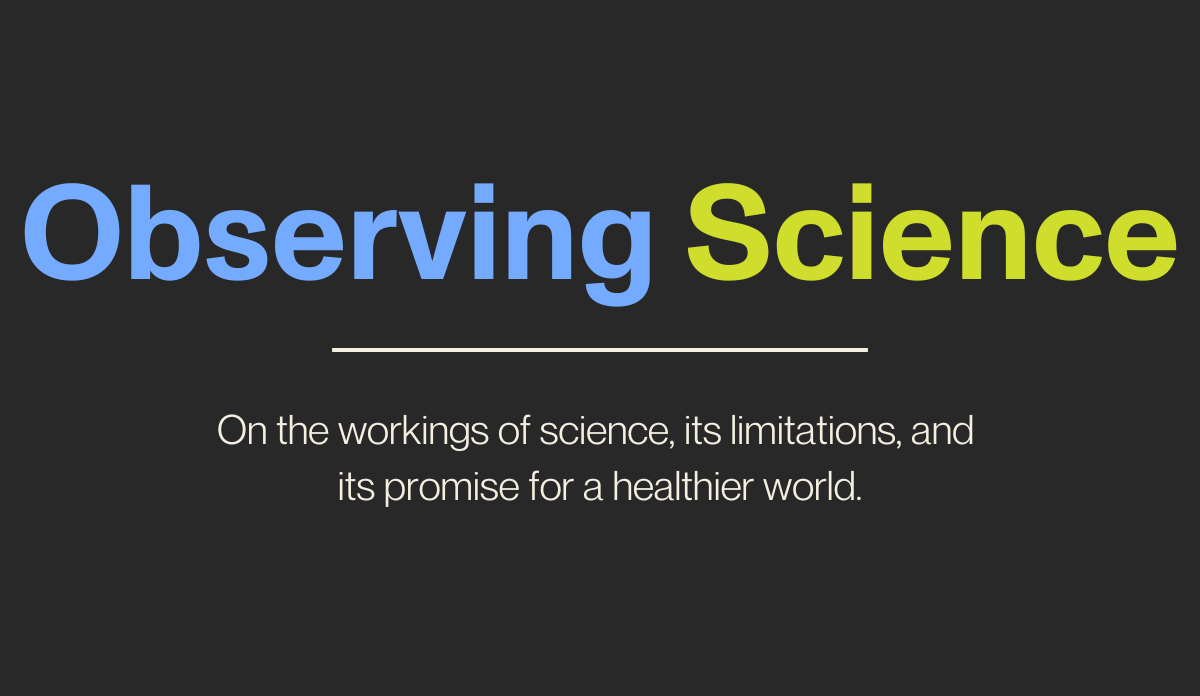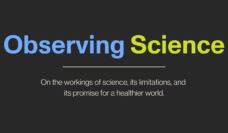“Every age has its particular folly; some scheme, project, or phantasy into which it plunges, spurred on by the love of gain, the necessity of excitement, or the mere force of imitation.” From Charles Mackay: Memoirs of Extraordinary Popular Delusions and the Madness of Crowds. London: Richard Bentley. 2 vols 1841.
In the year since ChatGPT stunned the world with a compelling, easily available, and user-friendly large language model, there has been an extraordinary boom in interest in Artificial Intelligence (AI). Fortunes have been made by companies that trade in goods that are related to AI, and the number of column inches dedicated to AI in public media have soared.
The academic world has not been immune to this. While scholarship on AI has been around for decades, the number of papers published in the field has increased dramatically. There were about twice as many AI papers indexed in the life sciences in 2023 as there were in 2020, and about six times as there were in 2015.
That science is interested in something that has gripped the public imagination and that may have potential to transform aspects of the world is neither surprising, nor a particular problem. The recent growth of scientists’ interest in AI is not unique. A survey of the past couple of decades will show similar bursts of scientific attention to precision medicine, genomics, and climate science, to name a few—all topics that are worthwhile and merit attention. But the question becomes one that is more fundamental about the nature of science itself: how do we balance interest in what is currently salient with the necessary long-arc work of science to build knowledge that stands the test of time?
This is where matters get complicated. There are two forces that ineluctably push science to engage quickly in work that is “hot.”
First, as we have written before, much of the work of science requires funding support. And funding agencies are themselves under pressure to demonstrate that they support “important” work. We empathize with the funder who finds themselves in the position of defending a portfolio that does not include work on AI when their board asks what they are doing about this hot topic area. Or, over the past decade, what a funder may have been doing on precision medicine, when asked by the same apocryphal board member.
Second, academic journals, while aiming to publish science that stands the test of time, also want to stand out and need to show their readers that they are publishing about issues that are on everyone’s mind.
The scientist then is simply following both the money and journal editors by leaning into topics that are in the moment de rigueur. This, however, occasions two challenges.
First, funding and publication opportunities are both finite spaces. By pushing headlong into new areas, science runs the risk of crowding out opportunity for work that is also important but is simply not getting attention in the moment. This was, for example, a critique we had with the rush into precision medicine; not that this field was unworthy of consideration, but that the area was crowding out other work that was vital towards improving population health.
Second, one worries about the generations of scientists who run the risk of being bereft of building expertise and depth over a career if we expect scientists to do work that flits, Magpie-like, between areas that happen to have caught the public eye.
The solution? In many ways the answer is simple. Yes, science needs to engage with issues of contemporary import, but that has to be balanced with a continued and rigorous engagement with other long-term work of consequence. Some scientists will find ways to integrate AI as a tool to extend and improve their work, to make their work more useful; others may not. And so, science needs the help of funders and publishers—critical elements of the industry of science—to keep an eye on the wider field, to continue to support a smorgasbord of interests. Perhaps surfacing this challenge can nudge us to reflection, to avoid the potentially distracting follies, or at least to keep them in balance with the other work that to which science should remain committed.
Previous Issue: Innovation Spaces
Sign up for Observing Science
A weekly newsletter on science and creating a healthier world












